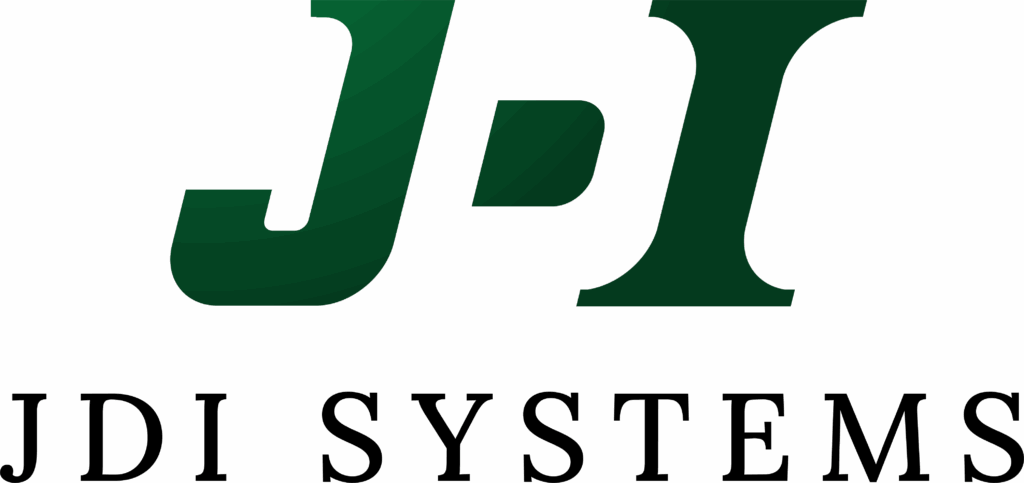Prospecting new leads often feels like walking a tightrope: you want to engage without appearing overbearing or insincere. In face-to-face settings, that balance matters even more. When your goal is to offer value rather than push an agenda, conversations become opportunities to connect, not just transactions.
In this article, you’ll discover tangible strategies that transform initial outreach into genuine interactions. By focusing on helpfulness, humanity, and self-assurance, you’ll learn how to spark curiosity, foster trust, and lay the groundwork to prospect leads with ease and authenticity.
Cultivate the Right Mindset
Before stepping into a prospect’s world, align your mindset with service and sincerity. When you believe in providing value, you communicate confidence without pressure.
Embrace Genuine Curiosity
- Frame every interaction as an opportunity to learn something new about the person you’re speaking with. Show authentic interest by asking thoughtful questions and giving your full attention.
- By listening attentively rather than waiting for your turn to speak, you demonstrate respect and openness. This approach sets the stage for a meaningful exchange, not a one-sided pitch.
- Consider keeping a mental or physical “question bank” of openers tailored to different industries. Having these ready lets you pivot smoothly if the initial topic stalls.
Build Your Confidence
- Remind yourself of past successes and how your product or service has benefited others. This self-assurance shines through in your tone and body language.
- Practice positive visualization before meetings. When you envision a smooth, engaging conversation, you reduce anxiety and boost authenticity.
- Role-play with a colleague, focusing on common objections. Turning stumbling blocks into rehearsed responses helps you stay calm and genuine under pressure.
Prepare With Purpose
Preparation isn’t about scripting every word; it’s about understanding context so you can offer tailored value. A little groundwork goes a long way toward making the first outreach feel thoughtful, not manufactured.
Research Thoughtfully
- Spend time uncovering relevant background: industry trends, recent company news, or mutual connections. This insight helps you ask sharper questions.
- Avoid generic statements. Instead of saying “I heard about your success,” reference a specific project or milestone. This detail signals genuine effort and respect for their time.
- Use LinkedIn or company blogs to spot personal interests—like volunteering or published articles—that can become natural ice breakers.
Craft a Value-Led Message
- Outline the key benefits you can provide up front, focusing on solving a real pain point you identified in your research.
- Keep your message concise and clear. A brief explanation of why you’re reaching out and how you might help conveys respect for their schedule.
- Test your opening script on a peer to ensure it sounds natural. Fresh ears can flag jargon or robotic phrasing you might miss.
Open Conversations Authentically
First impressions hinge on how you start. An ice breaker that resonates feels like a handshake, not a sales script. Approaching new contacts with an authentic question or observation creates a comfortable space where you can prospect leads naturally, focusing on a human connection rather than a rehearsed pitch.
Ask Open-Ended Questions
- Use questions that invite more than yes or no answers, such as “What challenges are top of mind for you this quarter?” This encourages dialogue and reveals priorities.
- Listen for clues that allow you to pivot. If they mention a goal or obstacle, you can naturally thread your solutions into the discussion.
- Rotate through your question bank to avoid sounding formulaic. Tailor questions based on their role, industry, or current events.
Example Dialogue
- Rep: “I saw your team launched a new app last month. What user feedback surprised you the most?”
- Prospect: “They really wanted offline features—something we hadn’t prioritized.”
- Rep: “That’s interesting. I’ve helped other clients integrate similar capabilities with minimal dev time.”
Offer Immediate Help
- Share a quick tip, resource, or connection without asking for anything in return. Providing value first builds goodwill and rapport.
- Highlight how your suggestion ties to their goals. When you link an idea to what matters most to them, you underscore your role as a trustworthy advisor and reduce the feeling of pushiness.
- Keep a repository of one-page cheat sheets or case studies you can email immediately after your meeting.
Pro tip: Mention a free resource or tool you trust. Even if they don’t use it, they’ll remember your generosity.
Listen Actively and Adapt
Turning a conversation into a collaboration depends on how well you adapt to the other person’s style and feedback.
Mirror Their Language
- Pay attention to the words and phrases they use, then reflect them in your responses. Mirroring builds subconscious trust and shows alignment.
- Match the energy level and pace of speech. If they speak calmly, slow down; if they’re animated, show enthusiasm. This creates a comfortable rapport.
- Watch body language cues—lean forward when they do, maintain an open posture, and nod at appropriate moments to show engagement.
Respond with Value
- When they share a concern, validate it by summarizing what you heard before offering solutions. This two-step move demonstrates empathy and clarity.
- Tailor your suggestions to their context. For example, propose an action or tool that directly addresses the pain point they just described, making your input feel relevant, not rehearsed.
- Use stories: briefly recount a past client’s similar challenge and the outcome after your intervention. Storytelling resonates more than abstract claims.
Establish Trust from the Start
Trust isn’t granted—it’s earned. By demonstrating respect, reliability, and integrity in your first outreach, you set the tone for future collaboration.
Show Genuine Interest
- Reference personal or professional details they’ve shared earlier, like hobbies or recent achievements. Demonstrating that you remember signals respect and attention.
- Express appreciation for their time and insights. A sincere thank-you underscores that you value the person, not just the potential deal.
- Avoid taking a prospect’s time for granted—keep meetings punctual, start on schedule, and respect any time limits they mention.
Honor Your Promises
- If you commit to sending information, resources, or an introduction, follow through swiftly. Timely delivery reinforces your reliability.
- Let them know you’ll circle back if you need more details. This transparency keeps expectations clear and prevents the outreach from feeling one-sided.
- Use calendar invites to confirm next steps. A clear agenda for follow-up meetings increases attendance and shows organization.
Balance Persistence with Respect
Following up is crucial, but there’s a line between being persistent and overwhelming. Respectful persistence keeps you on their radar without wearing them down.
Craft Polite Follow-Ups
- Send brief notes that remind them of your last conversation, restate your value proposition in one line, and pose an open question. This gentle nudge reignites dialogue.
- Space your follow-ups at reasonable intervals—start with a week, then two weeks, then a month. Consistent, well-timed touchpoints maintain momentum without fatigue.
- Vary your channel: alternate between email, phone, or LinkedIn to increase reach without seeming intrusive.
Recognize When to Pause
- Pay attention to cues suggesting limited bandwidth, like delayed responses or brief replies. If you observe these, scale back the frequency.
- Offer an easy opt-out. A line like “Let me know if now isn’t ideal; I’m happy to reconnect later” shows respect for their priorities and keeps doors open.
- Document each touchpoint in your CRM. Tracking responses helps you spot patterns and tailor your rhythm to each prospect.
Seamless Transitions Beyond First Contact
Authentic first outreach should pave the way for deeper engagement. Transitioning smoothly from introduction to follow-up conversations cements relationships.
Frame Next Steps Clearly
- After a positive exchange, propose a specific next action—whether it’s a demo, a call with a technical expert, or sharing a case study. Clear pathways eliminate guesswork.
- Offer flexible scheduling options. By suggesting two or three time slots, you make it easier for them to say yes.
- Send a brief recap email within 24 hours. Bullet out what you discussed, agreed upon next steps, and any materials promised.
Keep the Conversation Alive
- Share occasional updates or articles relevant to their interests without asking for updates in return. This ongoing touchpoint reinforces your role as a helpful partner.
- Invite feedback on the resources you provided. Asking for their take demonstrates mutual respect and encourages two-way dialogue.
- Rotate your outreach topics—mix industry insights, product news, and even light, congenial check-ins to maintain rapport.
Integrating Best Practices
While each interaction is unique, you can build a framework of reliable approaches—blend open-ended questions, active listening, and trust-building to create your own effective lead prospecting playbook. Over time, refine your approach by tracking which tactics yield responses and build stronger connections.
Likewise, weave in prospecting techniques such as pre-call research and post-call value delivery. Experiment with different question styles, and continuously learn from each conversation to make every first outreach feel authentic.
Take the First Step Toward Authentic Prospecting
Approaching new contacts with a helpful heart, a confident smile, and a genuine interest transforms outreach from a chore into an opportunity to build trust and rapport. When you focus on service rather than sales, initial conversations flow naturally and set the stage for meaningful partnerships.
Looking for a way to elevate your sales conversations and build real connections? At J.D.I Systems, we empower professionals to master the art of outreach that opens doors, builds relationships, and drives success. Explore our resources and expertise today—start creating authentic connections that fuel lasting business growth!



